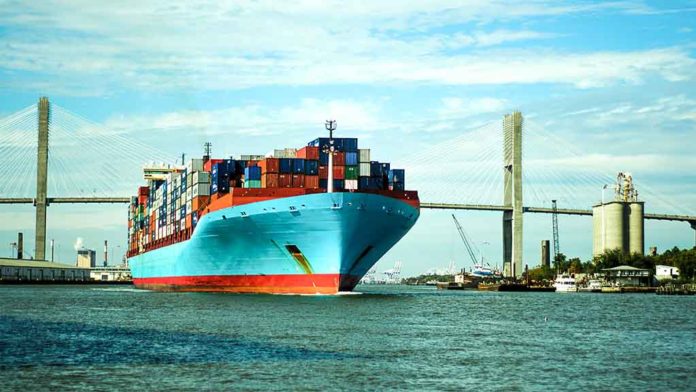In today’s world, the delivery of products and goods is a huge part of the global economy. We know this is the case because of the chaos and delays caused by single shipping incidents like the infamous Suez Canal blockage that took place earlier in 2021. So, companies that are built to deliver better shipping to retailers and wholesalers can prove exceedingly successful in this space – where better services are in demand, and there’s a shortage of drivers and haulage firms. Here’s what you’ll need to do to build your own fleet to take to the highly active shipping market in 2022.
Training
When you build a fleet, you’ll need to make sure your drivers are well trained and aware of all of the safety protocols that they should abide by on the roads. The safer the drivers, the less you’ll suffer collisions, delays, and unreliable behavior from your team. It’s in this sense that you should invest in fleet coaching – the most effective way to get your talent up to scratch and ready to take to the roads with confidence. Build this into your fleet building plan so that you can always rely on your drivers to deliver month after month.
Vehicles
The largest upfront cost for your fleet will be the vehicles themselves. You’ll likely want to buy your trucks new so that you know that they’ll be several years of needing repairs. And that means that each and every one of your trucks is going to cost you a considerable amount of cash – the kind of amount that you may have to take out a loan to cover – or seek investment to help you purchase. Bear this in mind as you’re setting about building a fleet.
Partnerships
As you build up the talent and the resources necessary to start delivering, it’ll be time to turn your attention instead to how you can gather more clients and customers, fill up your delivery quota, and operate as seamlessly and efficiently as possible throughout the year. This means being neither under-capacity nor over-capacity but finding that sweet, optimal spot from which you can build a regular business. The best way to forge partnerships is by direct outreach, speaking to firms in your area, to ask them if you can offer them a more competitive shipping service than that which they are currently partnered with.
Management
Over time, you’ll find that you can invest in another truck from time to time or pick up a larger pool of drivers and their trucks for periods of peak activity – like the holiday season. And all this needs careful management to get right. Most shipping firms use accurate, real-time software solutions to help them understand whether they’re able to make changes and adjustments to their schedules to squeeze more value from their routes. Over time, optimizing this process is a brilliant way to make your business more competitive and profitable.
Setting up a fleet of vehicles to manage deliveries is easy – you’ll just have to follow the tips outlined above to gain talent, resources, and contracts































































